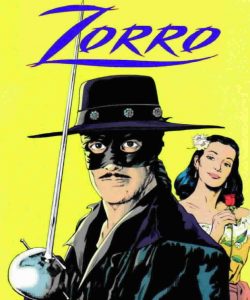While watching the film, I was a little disappointed in the character of Kate. I thought she was weak and used as merely a stepping stone for the other agents. In the end, it seems like she was on the surface exactly that. But she is very important for the main argument of the film— that following the rules does not always lead to the best outcome. She is used to complete a mission in a never ending war and will be forgotten just like the Mexican police officer. But what I appreciated was the fact that she was challenged by her counterparts for her values, not her gender. She was not meant to look pretty and was in on the fighting. Kate was a part of the complicated system representing the side that we often see as being ‘good’ or moral. Her final act— not shooting Alejandro demonstrates her commitment to her beliefs and she does not submit to his way of fighting the war.
This film is clearly not just another action film about drugs and shooting. It challenges America’s role in the war on drugs. Matt and Kate represent the two extremes of American policing in Mexico. Matt holds the belief that actions which would usually be unacceptable, immoral, and against the law are ok if you still carry the end goal of the mission in mind. Kate attempts to follow the rules and do what is right. This competition is common among stories involving competing institutions and characters within the government. Each side sees their way as being the best and compete against one another though they have the same enemy
While TV shows and movies about drug trafficking often juxtapose the extremes of drug trade by glorifying the guys on top and the guys on the bottom of the drug trade, this film focused on a different extreme. I saw it more an examination of the extremes of motivation. Alejandro is the most motivated and emotionally fueled character acting solely out of vengeance. Kate, seems to display more frustration towards her counterparts and is the only character who cries. However, I see her as a stoic in her own way. She is motivated by her commitment to do what is right and did not deter from it though her beliefs were constantly challenged.
The color was very important to this film. After watching a few analysis videos of the film, I realized how important beige was for the film. It controls the landscapes, lighting, internal and external walls as well as the colors of the characters clothes. Beige is a color that does not argue anything in particular. It is not often connected to symbols or motifs. Because it seemingly lacks life nor warrants opinion, it fits the film’s argument that the war on drugs is a wicked cycle challenges our notions of justice and good and bad. Where do you look for answers to a difficult situation when the current solutions seems inhumane and morally wrong?




